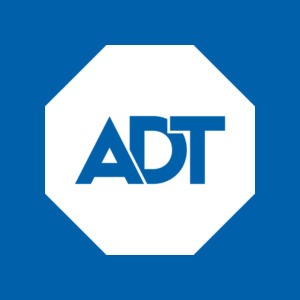New York
$10 million allocated to improve New York State’s falling reading levels
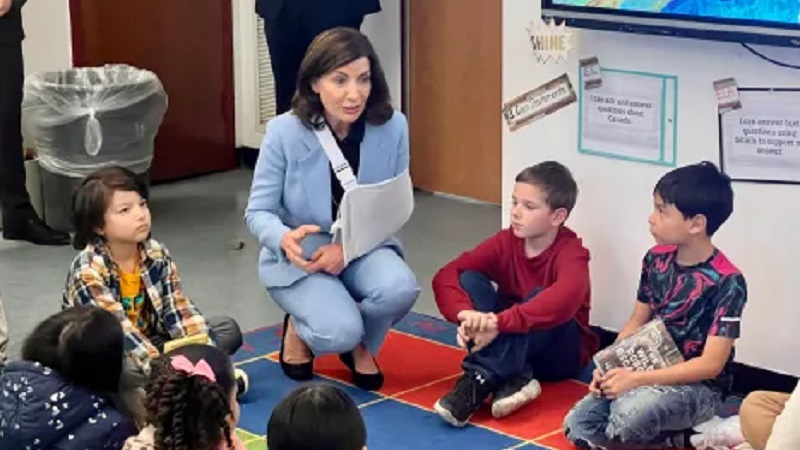
New York – The state of New York’s literacy rates are falling, falling nationally since the COVID-19 pandemic. To combat this, the state has allocated $10 million to train thousands of teachers in literary science to redesign their approaches to teaching reading.
After data from the state Education Department revealed that only roughly half of New York children received a “proficient” rating on English Language Arts exams last year, state leaders are acting to guarantee that teachers will assist elementary school students in becoming proficient readers.
“We’re talking about something that one would think is basic but was not being done the right way, and that is how we teach our children to read here in New York — teach them to read and to read well,” Gov. Kathy Hochul said Friday morning.
Hochul believes that returning to the fundamentals is the best way to raise New York’s literacy rates. At the Albany School of Humanities on Friday, Hochul announced the state’s new initiative using the same name.
Ten million dollars will be used to train 20,000 teachers in the science of teaching reading and to roll out the reading phonics program throughout the state as part of the $237 billion budget that the Legislature approved last week.
The governor observed teachers teaching dozens of youngsters to read with an emphasis on phonics and early intervention in a first-grade classroom at the school.
In the 2000s, educators adopted a new strategy for teaching reading: the balanced literacy technique, which abandoned phonics instruction and allowed children to comprehend new words through context.
“It shouldn’t be a game — you shouldn’t have to find clues,” Hochul said. “It should be right in front of you.”
Teachers throughout the state have informed the governor that they are aware that the reading instruction approach is ineffective, but they are unsure of how to challenge it.
The state Education Department does not make the decisions on how the state curriculum will be taught to pupils in New York; rather, local school boards of education and district officials do. A forthcoming change in the state’s literacy instruction curriculum is reflected in the budget’s funding for the new training, which gets around that rule.
Depending on how well-prepared the instructors are for the new teaching techniques, Hochul expects to see districts implement the program in the autumn.
“These are not long training sessions,” the governor said. “This is not a two-year training process, so I’m hoping this will be rolled out as soon as next fall in many districts.”
Additionally, the funding will enable more SUNY and CUNY schools to offer micro-credentialing programs for instructors who specialize in reading science.
Many of the 700,000 public school teachers in the state, according to N.Y.S. United Teachers President Melinda Person, informed her they were unaware of the intricacies of evidence-based reading practices.
“They respond, ‘I just didn’t know. Nobody told me about this new information until recently,'” Person recalled. “And I think that’s important because our teachers care so deeply about the success of their students. And when they know, they do better. They strive constantly to learn and to professionally grow because that is who they are.”
Dinorah Dellacamera is a board member of Teach My Kid to Read and a member of the state’s Dyslexia Task Force. In the first grade, the mother of two from Long Island received a dyslexia diagnosis for her son.
Dellacamera stated that while she agrees with the budget’s allocation for additional teacher literacy training, the state has to address the state’s falling literacy rates in a variety of ways. She contends that before teachers can obtain their state certification, they need to be taught the science of reading.
“We need to shift gears at the university level because we can’t keep graduating teachers that don’t have the necessary training and then having to retrain them all over again,” Dellacamera said. “We have to stop the bleeding.”
Dellacamera is pressuring state legislators to enact legislation requiring evidence-based reading teaching to be included in teacher certification programs and examinations before the session ends on June 6.
“If you’re taking the bar exam, you’re going to learn what’s on that bar exam … so if there are no science of reading-based questions on the [teachers’] exam, why would a college prepare you that way?” Dellacamera said. “Getting the New York State Department of Education to make sure that there are questions that reflect the science of reading and evidence-based best practices on that test, it would help colleges move toward that direction and would be a good start.”
The first meeting of the state’s dyslexia task force is set for May 13. Before publishing a final report on how to assist pupils with dyslexia, dysgraphia, and other learning impairments, the group will continue to work on their project for more than a year.
-
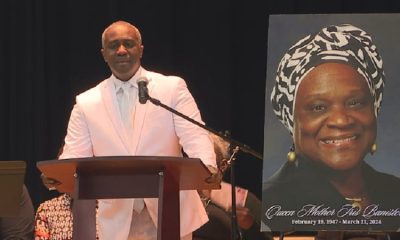
 Local News2 weeks ago
Local News2 weeks agoThe people of Rochester come together to honor Reverend Iris J. Banister’s life and legacy
-

 Local News2 weeks ago
Local News2 weeks agoThe yearly Flower City Challenge attracts almost 2,000 participants
-

 Local News2 weeks ago
Local News2 weeks agoFormer Rochester spa owner charged with leveraging company to engage in prostitution around WNY
-
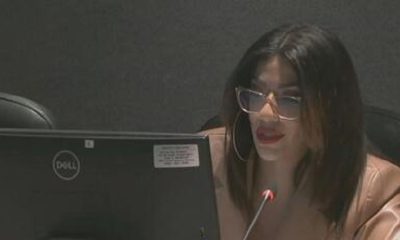
 Local News1 week ago
Local News1 week agoRochester Board of Education vice president under investigation for alleged threat
-
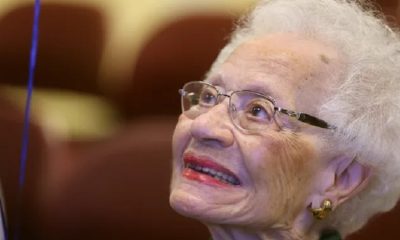
 Local News1 week ago
Local News1 week agoAt the age of 100, Rochester area educator Dr. Alice Holloway Young passes away
-
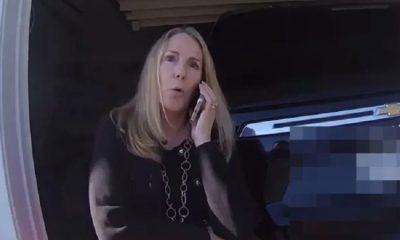
 Local News1 week ago
Local News1 week agoAfter a traffic stop, DA Doorley is being investigated by the Monroe County Office of Public Integrity
-
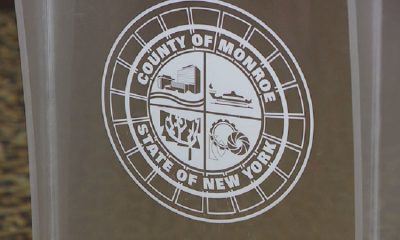
 Local News1 week ago
Local News1 week agoFollowing sponsor rejection, millions of dollars are put on hold for community organizations in Rochester
-

 New York6 days ago
New York6 days agoPush grows to expand New York’s liquor shipment, container laws



